3 Best places for Sri Lanka food tour
Sri Lankan culture is one of the oldest cultures in the world that survived continuously for many millennia, according to historians, Sri Lanka was inhabited even during the Stone Age. The Stone Age man, who lived on the island is known as Homo sapiens Balangodensis had been a farmer and a hunter.
The Sri Lankan food culture is also many thousands of years old. The Sri Lankan kitchen evolved over many thousands of years and spiced up with many cultures around the world. Today, the Sri Lankan cooks have their own identity which reflected in the below Sri Lanka food tour.
How to prepare meat curry in Sri Lankan way
“First we are going to learn how to make meat curry now“, Nalini, who is Conducting the Cooking class in the remote village of habaran awakened her voice. “First, the fresh meat is cut into pieces then we add spice to it, such as coriander, curry leaves, Pepper, Salt, some chilli is also added and mix properly. A part of the mixed spices put into a pan and fry in hot oil for a few minutes.” A mouth-watering delicious aroma creeps into the very space in the room.
The rest of the spices added to the meat and set aside for seasoning. After 2 minutes Nalini awakened her voice again, ” Now we can add meat to the pan”, after few minutes seasoned meat is added to the pan and mixed with the existing spices in the pan. She cooked another 2 minutes and it was simply delicious. All the people gathered in the open hut had the opportunity to taste delicious curry and Rotty.
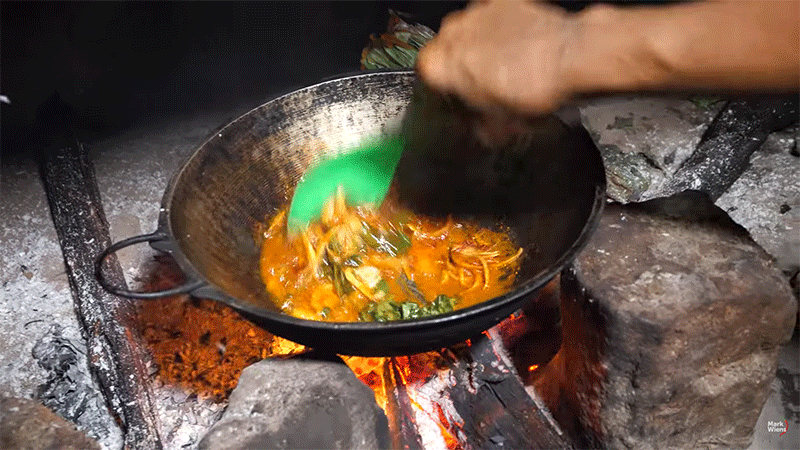
With the Global Food Tourism Conference around the corner, more and more people are starting to search for novel experiences in the food arena. If you one of the tourists or marketer, business owner heading to Sri Lanka, you may be searching for the additional fun experiences to do while you stay in Sri Lanka, such as Sri Lanka food tour, Sri Lanka whale watching trip, water sports.
There is no point in travelling to an exotic destination like Sri Lanka if you do not add something new to your life. A true devourer does not travel to Sri Lanka to eat KFC or McDonalds or with the restaurants only with European cuisines-you want to test your limits! whether that means reaching the place you have already selected, or classic dish that makes you think twice before eating, a Sri Lanka food tour is a risk-free way to branch out.
Sri Lanka is a leading holiday destination in Asia with the vibrant and colourful ethnic blend. Cooking is an integral part of Sri Lankan culture, and a mixing pot of influences and heritages of different cultures around the world, for tourists there is a variety of cuisine to try during the holiday in Sri Lanka.
3 Best places for Sri Lanka food tour
1. Sri Lanka food tour Habarana
2. Sri Lanka food tour Kandy
3. Sri Lanka food tour Galle
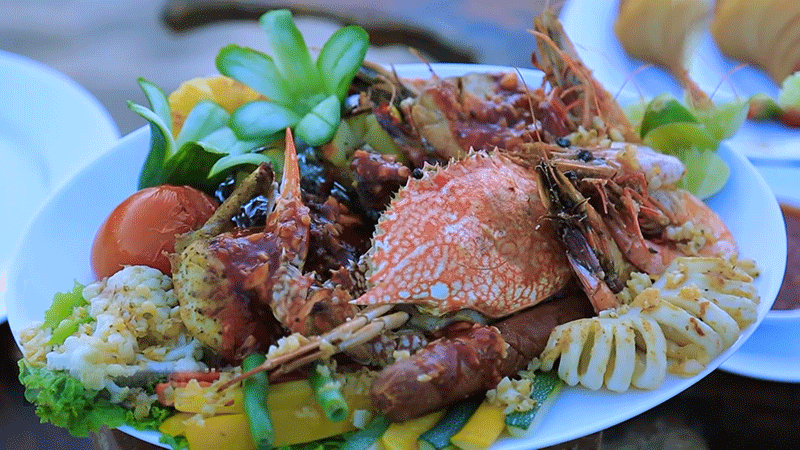
History of Sri Lanka
The first king of Sri Lanka was the King Vijaya and ruled the country in 6th century BC, since then the island was ruled by many kings, rulers and missionaries, soldiers, traders, explorers and the trickle of nature lovers have come and gone, however, they have left a part of their different traditions, cultures and practices, made the Sri Lankan culture more vibrant, like adding different taste and aroma to the Sri Lankan delicious rice and curry with various spices.
Sri Lankan food tradition
Food culture is one of the key areas where the Sri Lankan tradition and culture is given a distinct place. Food is one of the most important things for the people of Sri Lanka; they do have special care about things they have on their meals, and most people stick to rice and curry kind of traditional items as much as possible.
When it comes to drinks it is Tea all the time, in fact, Sri Lanka produces the best Tea in the world, better known as Ceylon Tea. As a matter of fact, people of Sri Lanka serves a cup of Tea on the first-hand, when they get a visitor, it is like a traditional way of greeting. A visitor will never be allowed to leave the house without drinking a cup of tea and having a snack, at least a cup of Tea.
It might be a daunting task to find Sri Lankan food outlet in most foreign countries, therefore taking a Sri Lanka food tour is the best way to experience the rich culinary heritage of Sri Lanka during your Sri Lanka trip. If you are wondering what extent the Sri Lankan food has a foreign influence, I would say it is well over 50%, people of Sri Lanka have borrowed the knowhow of Portuguese, Dutch, English, Arabian, Indian, Chinese when they cook a large number of food items. Perhaps this foreign presence in Sri Lankan kitchen is the main secret for its amazing blend of flavour and aroma of its food.
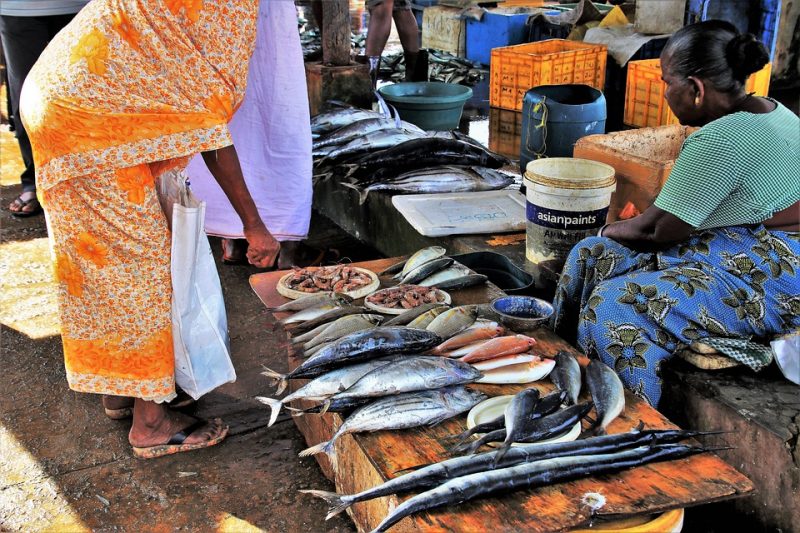
Local food varieties
People of Sri Lanka serve food either in plates or Banana leaf, serving food in banana leaf is much traditional and it adds a pleasing aroma to the food too. Sharing food is a common habit of Sri Lankan people; therefore food has essential social aspects.
It is rarely the foreign travellers leave the island without being hooked by traditional Sri Lankan cuisine, many of the visitors find the Sri Lankan food is spicy but delicious, most traveller especially falls in love with seafood dishes, of which Sri Lanka has plenty.
Some people say that Indian food is a little bit similar to Sri Lankan dishes, but I doubt the claim because Sri Lankan does not use a lot of oil when they prepare food like Indians, on the other hand, Sri Lankan use many spices and condiments to prepare food. Therefore Sri Lanka is the best place to taste the authentic Sri Lankan food and Sri Lankan food cannot be substituted by Indian or Thai food.
Sri Lankan cuisine can be largely divided into five schools:
- Royal Dishes
- Local dishes
- Ethnic Dishes
- The monastic cuisine
- Ayurveda Meals
Royal dishes
The royal dishes originated from the king’s palace’s kitchen, where the food was prepared for the kings and it’s retinue in the bygone era. The elegant names that provide wings to the imagination, perfect mix of spices and condiments and traditional cooking method that prove to be preserving the natural hue, aroma and taste are principal hallmarks of the royal dishes.
Local Cuisine
Several different cooking schools originated on the island due to the cultural differences, folklore and climate differences. Jaffna in northern Sri Lanka, Southern Sri Lanka, Kandy ad central province and western province are considered as the main four schools.
The food varieties coming from the northern part of Sri Lanka shows totally different characteristics against the food prepared in Southern Sri Lanka, these cuisines have absorbed the Hindu influence and show some similarities to food available in southern India.
The cuisine coming from southern Sri Lanka are more authentic and traditional, however, some food items prepared in these areas shows the European influence, because the southern region of Sri Lanka was under the Portuguese, Dutch and British colonial rulers for many centuries.
Fishing is a major industry in southern Sri Lanka, which led the rise of southern Sri Lankan cooking style majoring seafood. Even today the seafood recipes coming from southern coastal belt considered to be the finest to prepare seafood varieties.
Ethnic Dishes
Sri Lanka is an ethnic melting pot, where a large number of ethnic groups living together. The ethnic dishes were first introduced by minor ethnic groups such as moors, boras, burgers, Muslims who landed during the medieval period and later some of these ethnic dishes became a part of the recipe of other ethnic groups. However, most ethnic dishes are prepared during the festival time such as Hindu/Sinhala New Year and Ramadan; therefore such cuisines may not available throughout the year.
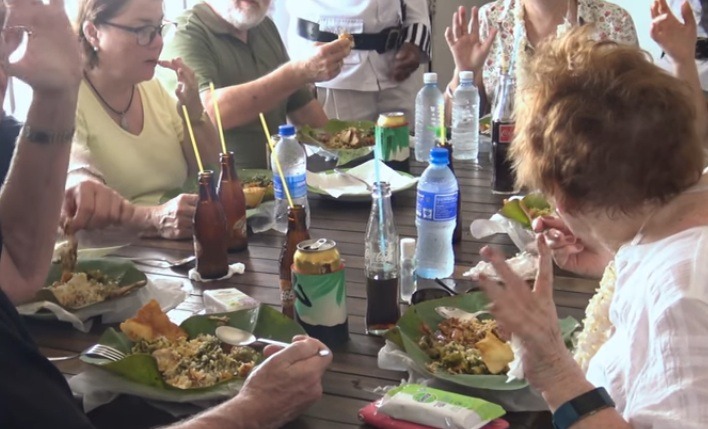
The monastic cuisine
Also called vegetarian dishes in Sri Lanka, Buddhism is the major religion on the island and it is the base of the Sri Lankan society. The origin of vegetarian dishes is essentially attributed to one of the five precepts of Buddhism (non-killing), which is closely observed by Buddhist monks and hard-line Buddhist devotees.
The cooking style is essentially dominated by vegetable and non-meat items such as mushrooms. However, health benefits that can be reaped from vegetarian food is another reason for its popularity in the modern period, more and more health-conscious people keep away from meat dishes and make a habit of eating vegetarian food.
Some of the vegetarian dishes are prepared in such a way that they resemble the flavour and shapes of meat dishes. Monastic cuisines are health-friendly and piling-up very low carbohydrate and fat body; furthermore these dishes are very stomach-friendly as it is easy to digest. A large number of vegetarian restaurants is scattered on the island providing easy access to vegetarian food for monastic cuisines enthusiasts.
Ayurveda meals
Also known as therapeutic dishes have a long history in Sri Lanka. Ayurveda medicine and food habits have been embraced by the people of Sri Lanka, since the introduction of Ayurveda to the island in 6th century BCE, alongside with the arrival of King Vijaya. Ayurveda is an ancient healing method capable of handling most ailments. Stringent food control is a vital part of Ayurveda therapeutic system.
According to Ayurveda, uncontrolled and incorrect food habits lead to various ailments, therefore, Ayurveda meals help to prevent and control various ailments by providing therapeutically effects to the body. Ayurveda meals can also be categorized under vegetarian food and serve no meat items.
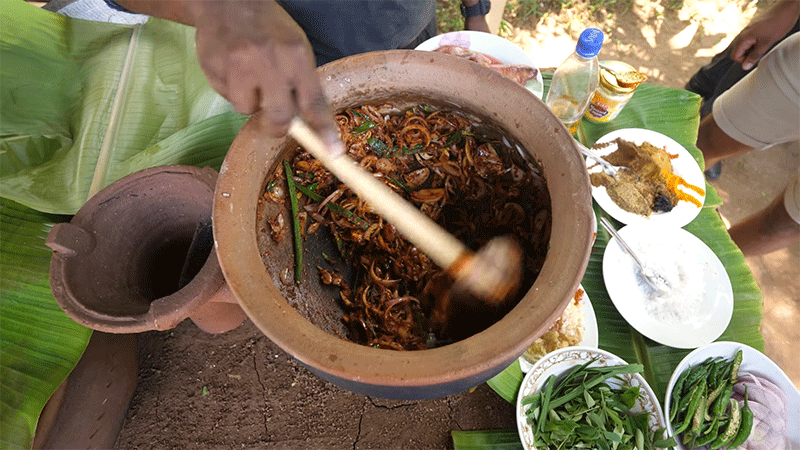
Important ingredients of most Sri Lankan cuisines are not native to Sri Lanka.
I wonder if you have ever been to a Sri Lankan kitchen in a village, in order to watch how Sri Lankan food is traditionally prepared. Scattered kitchen utensils made of iron, wood or leaves are a common sight in most Sri Lankan kitchen with baked clay pots in different sizes.
Sri Lankan food usually being prepared using ingredients native to Sri Lanka and other South Asian countries such as India. Therefore you might feel the downgraded sharpness of chilli compared to Mexican chilli and lack starch in potatoes compared to potatoes coming from South America.
Rice and curry is the staple diet of Sri Lankan people and served for the breakfast, lunch and dinner as well. Even in every important occasion of Sri Lankan life, rice and curry take the centre stage of the food scene.
Hathmaluwa with rice is a meal eaten by most Sri Lankan families on the death anniversary of family members. The feast attended by a group of monks from then village Buddhist temple and this feast is organized as merit-making an activity for the families’ departed ancestor. Malabath which is another traditional dish of Sri Lankan people, which is the first meal prepared in Sri Lankan household after the demise of a family member is served for the attendees of the funeral, after cremation or burial.
None of these recipes includes cabbages, cauliflower, peas or carrots. But they are a delicious and healthy diet with a lot of vitamin, protein, starch and minerals. Most importantly the ingredients required to prepare these dishes can be found on the soil of Sri Lanka.
Most importantly this type of dishes attached to traditional events inadvertently has been able to create a living memory of the island’s culinary history because these cuisines are prepared entirely using Sri Lankan ingredients and according to a Sri Lankan recipe that exists in the society for at least a millennium.
Colour and flavour of famous Sri Lankan red curry are coming from chilli (introduced by Portuguese), and the unique spicy flavour and colour of Chili paste and Sambol, some of the important ingredients that go into Sri Lankan cuisines are not native to Sri Lanka.
Tomatoes, carrot, potatoes, and peas, which are very common in contemporary Sri Lankan menus, arrived in the island during the Colonial era (1505 AD to 1948 AD). According to the historical information, potatoes were introduced to the island in the late 18’s by Dutch administration, primarily to feed other Europeans lived on the island with them. Today it is served in many forms such as boiled potatoes, baked, stuffed and fried potatoes.
It is believed that Chili was introduced to the island from Mexico during the Portuguese colonial era by Vasco de Gama. Today it is vastly produced throughout the island because the weather in the island is very suitable to grow this pungent spice, in fact, it is a good alternative to expensive native pepper, which needs a lot of rain than chilli to grow.
It seems that tomatoes are also making a big impact on the modern Sri Lankan culinary arena. All Sri Lankan cuisines have adopted tomatoes. Tomatoes arrived in the island through a circuitous route presumably from South America to Europe, and then to England and finally to Sri Lanka in the 16’s courtesy of British. Most curry verities such as Red curry have been popularized in the island by most local hotels and restaurants during the last 100 years and meat and fish dishes are coming with red curry sauce.
As foreign invaders, traders have come and gone, Sri Lankan kitchen has considerably changed in the past 1000 years. In most households in the island, older recipes’ prepared using local ingredients that represent Sri Lanka culture now co-exist with foreign influence from halfway across the globe. For instance, a Sri Lankan meal may include rice and curry with rasam (a thin soup made of ingredients like pepper, cumin, coriander seeds), but also served with a spicy version of stir-fried potatoes.
Most Sri Lankan food served in Sri Lankan restaurants does not show the characteristics of true indigenous dishes; however, most Sri Lankan households keep many traditional recipes handed down for generations. Sri Lankan domestic kitchen has been able to maintain the balance of older spices even with newer ingredients and showcase the nuances of the traditional culinary culture of Sri Lankan family.
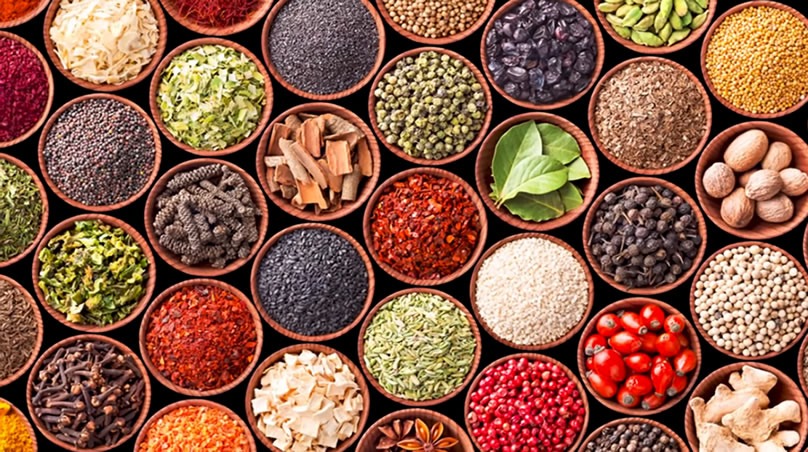
Cooking Rice and Curry on your Sri Lanka food tour
Get some taste of typical local food while seeing how it is prepared in a foreign country is definitely a nice experience. If you are the type of traveller who likes to learn the food culture in the foreign soil and try the different gastronomies while you travel, Sri Lanka is definitely a place for you.
Traditionally made Sri Lankan rice and curry has its own taste and aroma. It differs in many ways from cuisines available in other parts of the world. In this article, we discuss rice and curry and about several places where you can have this unique experience of learning rice and curry while trying it in Sri Lankan way. It is absolutely interesting not only eating it but also take part in the preparation of the meals.
In English, it is known as Rice and curry and it is the staple food of Sri Lankan people. The rice and curry are so much popular here, there cannot be any single Sri Lankan household without Rice and curry for the lunch. Where ever you travel in the country from southern tip of Sri Lanka to the northernmost city of Jaffna, Rice and curry are served at every inch of the country.
It is believed that Stone Age man (Homo sapiens Balangodensis) of Sri Lanka had cultivated different seeds, so it is not difficult to imagine how rice became the staple diet of Sri Lanka. On the other hand, curry is the main accompaniment to rice which is very rich in spices.
Sri Lanka is also very rich of spices such as cardamom, nutmeg; cinnamon… the list goes on. Arabian, Chinese, European merchant call on to Sri Lanka harbours way back in the 8th century AD in search of spices. Still, Sri Lanka export spices and Sri Lankan cinnamon are ranked among the best cinnamon in the world with unique strong aroma and taste. Spices are the foundation of any variety of curry.
Traditionally, the Sri Lankan people use clay pots when they prepare rice and curry. It is very rich in taste when it is cooked in the clay pot, especially the curry varieties. Firewood stove is the best method to apply the heat to the pot, cooking in a firewood stove take longer than cooking on a gas or electric stove but it enhances the rich taste and aroma.
There are several places on the island, where you can actively engage in the cooking process and taste what you prepare later on. Most Sri Lanka road trips with plenty of leisure such as14 days in Sri Lanka allows you to engage in extra activities such as a cooking class.
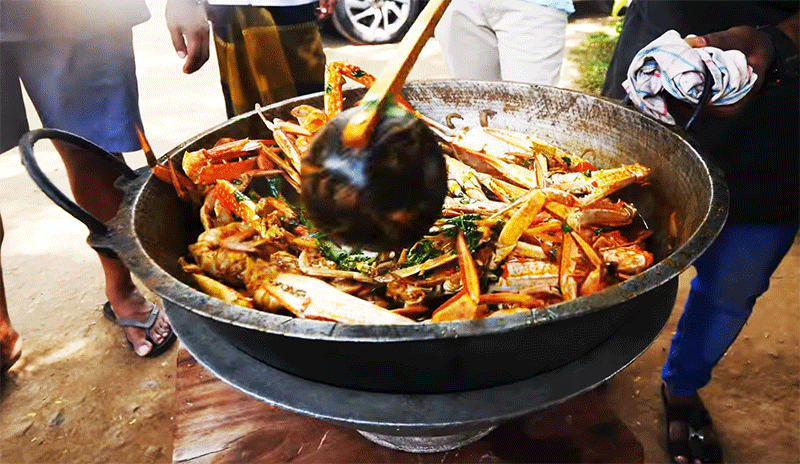
Cooking with spices
Spices are an essential item for the most variety of dishes in the island of Sri Lanka, as the name suggests these cooking classes are essentially accompanied by a wide range of spices during the action. These cuisine classes are held at spice gardens, mostly in Matale and suburbs, where the spices and herbs grow in plenty.
The cooking lesson includes the ingredients and steps required to replicate typical Sri Lankan spicy dishes. The cooking class is not only limited to prepare a delicious cuisine but also a comprehensive description and demonstration of how to prepare different spices and usage of spices in the Sri Lankan kitchen. Popular lessons include learning the usage of spices in other areas such as ancient healing method known as “Ayurveda” too.
A taste of urban cooking
A taste of urban cooking is essentially for tourists, who go on full-day township tours to places such as Galle, Habarana and Kandy; during the city tour, the visitors can learn the preparation of fun local favourite food items such as Kottu and hoppers. However, this would be an interesting cooking experience for tourists. Unlike the above-motioned cooking classes, where you learn to cook then get hands-on experience by preparing the tasty meals for the customers.
The above-mentioned cooking classes can only be organised with advance booking. These culinary tours include many other activities such as visiting national parks, birding, visiting archaeological sites, white water rafting and time to relax on the beach. The tour can be customised as per the individual taste and the tour is always an individual tour. Please write to Seerendipity at info@seerendipitytours.com for more information.
Sri Lanka food tour in Habarana
Habarana in the central province is a place that most travellers based in while exploring the cultural triangle of Sri Lanka. Habarana is a small town let with a laid-back way of life between Sigiriya and Polonnaruwa. Cooking class in Habarana is a popular activity among the most tourists, who venture on Sri Lanka cultural triangle tours such as 4 days Sri Lanka cultural triangle tour and 5 days Sri Lanka cultural trip.
You can go on a short cooking tour that includes stops at the village school, temple, village tank, farmhouses, visit local vendors and producers and finally the cooking lesson at your guide’s home. Rice, sambol, Chili paste, rotis, and curry are several items you can try your hand at the cooking class.
There are several places in Habarana, where you can take part in a cooking class while exploring a remote village. The cooking class of Habarana is offered with some other interesting activities such as village walk, a visit to the village school and temple, visiting village family and farmland. The duration of the village tour and cooking class is about 3 hours.
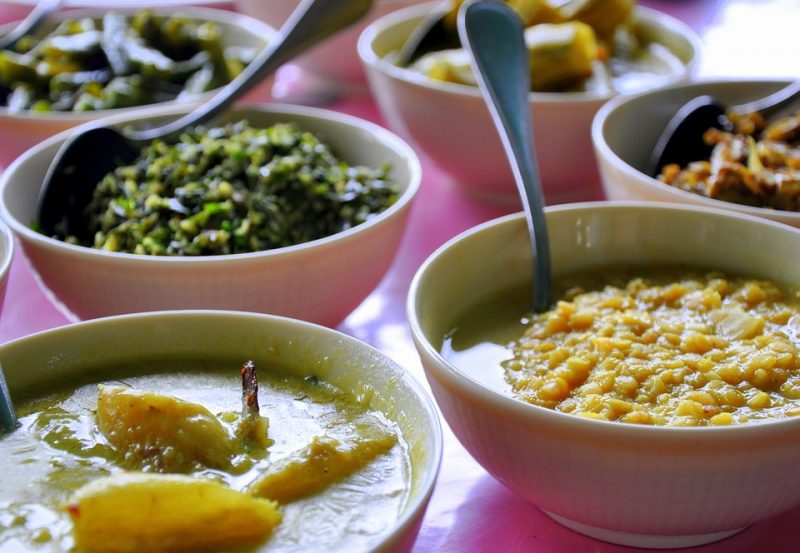
Sri Lanka food tour at the Spice Garden, Kandy
Matale: Spice garden in the region of Kandy is visited by a large number of foreign visitors. They showcase the different varieties of spices and usage of them. Here you can see how spices are used in the process of preparation of curry. The duration of the cooking class for about 1 hour.
It definitely would be interesting to sit in a beach restaurant and sip a glass of Arrack (local alcohol) while eating rice with fresh seafood. Perhaps you can choose the crab or prawns from the tank and watch how they prepare it. Tasting the warm rice and curry with a glass of arrack or beer while enjoying the gentle sea breeze, that’s how to do it in style. The Sri Lanka food tour of Galle is all about it.
Sri Lanka food tour in Galle
One distinct feature of Sri Lankan kitchen is the influence of different cultures such as Dutch, Portuguese, English and Arabian. Dutch, Portuguese and English introduced their native culinary pattern as they were occupying the maritime region of the island. Hand down of Arabian styled cuisine is resulted due to their mingling with the local community in the 15’s. This cooking class in Galle offers a fun way to learn the variety of dishes such as string hoppers, kokis, aasmi that are of colonial influence.
Interactive Sri Lanka food tour Galle
The main reason for travellers to take part in our Sri Lanka Food tour Galle is the love for food. After all, that’s why a large number of travellers ask for a Sri Lanka food tour. A large number of our guests, who book Sri Lanka food tour with us are well aware of Sri Lank’s popularity as a country for seafood and you will not leave the island without trying some of the best seafood in the world. Yes, indeed you must have done your research and find out what Sri Lanka’s strength as a destination for food-loving travellers. Seafood, Spices, herbs and multicultural know-how are the most noteworthy reasons for Sri Lanka’s popularity as a foodie destination in Asia.
In this Sri Lanka food tour, you learn to prepare rice and curry in Sri Lankan way with Sri Lankan chef, afterwards share the hearty dinner prepared after classical Sri Lankan recipe that you prepared yourself. All great Sri Lankan food starts with fresh spices and other fresh ingredients, and you’ll start this 7-8 hour Sri Lanka food tour with cooking class and a guided tour of southern Sri Lanka.
You will meet the chef in Galle city and he will accompany you to the Galle market and buy fresh items required in your Sri Lankan food tour before heading to the teaching kitchen. This Sri Lankan Food tour with hand-on Sri Lankan cooking experience includes snacks, dinner with drinks the tour wind up with several recipes to take back to your personal kitchen.
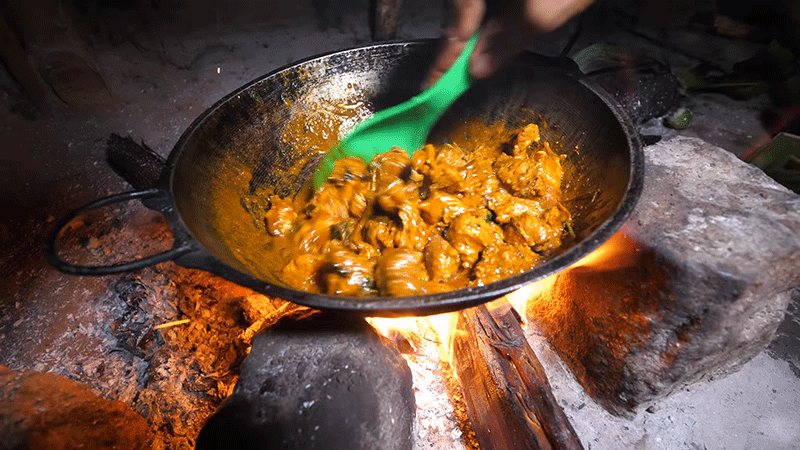
What you can expect on this Sri Lanka food tour
Meet our guide cum driver near Colombo (pick up location is flexible), then start with the sightseeing tour of southern Sri Lanka. You will visit places such as mask museum, Bentota beach, Hikkaduwa beach you also have the opportunity to explore the Madu river wetland with a 2 hours Madu river safari and later meet the chef in Galle.
Before you head to the kitchen you have the opportunity to explore the Galle fortress too, which is one of the important tourist places in Sri Lanka and the most popular landmark in southern Sri Lanka. Galle fortress is a UNESCO world heritage site due to its importance as a historical site to the world. Galle fortress is the best preserved Dutch fort in Asia. Then start with the basic Sri Lanka traditional cuisine, collect fresh vegetables and seafood from the local market.
After collecting the necessary ingredients drive to the kitchen, where you will find an open kitchen and restaurant. Pour your first glass of Arrack for the evening, then prepare several curries and rice, classic Sri Lanka dinner that is perfectly paired with arrack.
With the chef making the dinner alongside you, begin to prepare the traditional Rotty, then bake the Rotty on a heated plate, you can learn how to make the rice and curry here. Then the Rotty rice and curry is done, is done, sit down to the meal that you contributed to preparing, savouring the tasty seafood and rice (non-seafood as well as vegetarian food also available on request).
Sri Lanka food tour of Galle in a Nutshell
- 7:30 – 8:00 am Hotel Pickups from Colombo
- 8:45 am Sea turtle conservation centre/ Sightseeing
- 9:30 am Boat safari at Madu river estuary
- 11:30 am Arrive Galle and sightseeing tour of Galle Fort
- 12:00 pm starts with the cooking class
- 2:30 pm Depart for Colombo
- 4:30 – 5:00 pm Arrive back in Colombo





